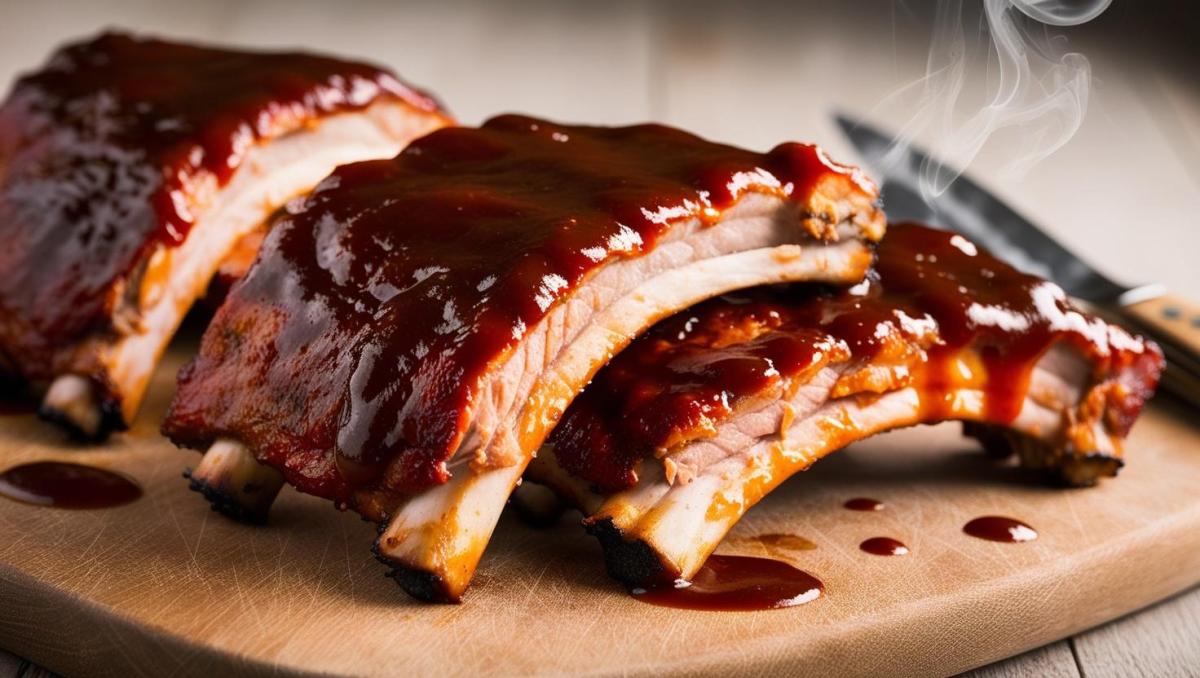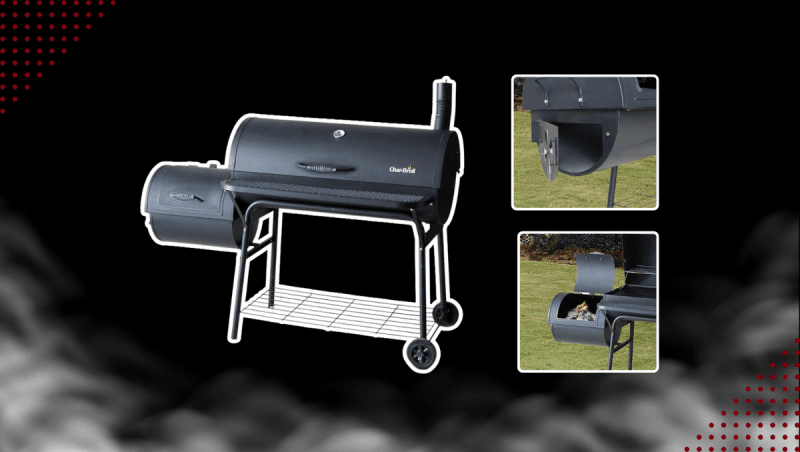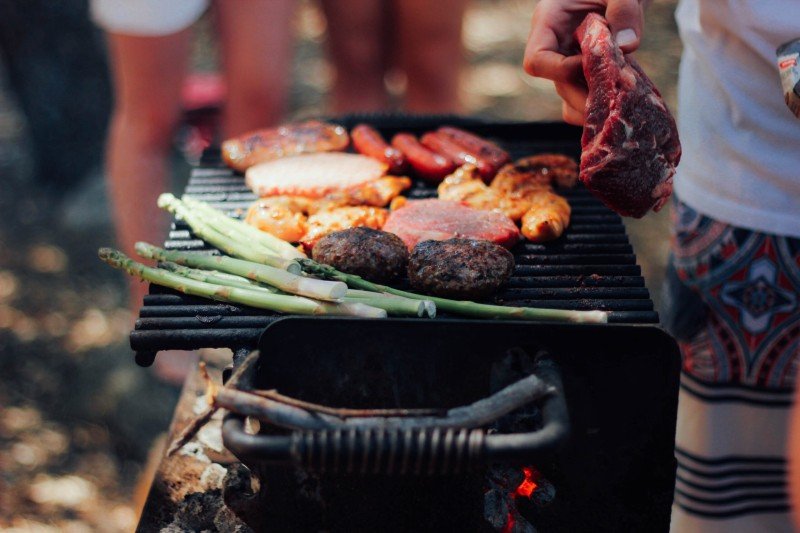When it comes to mastering the art of BBQ, having the right equipment is essential. Whether you're a seasoned pro or just starting out, having quality BBQ equipment can make a world of difference in your cooking results. Here's a beginner's guide to help you choose the right BBQ equipment.
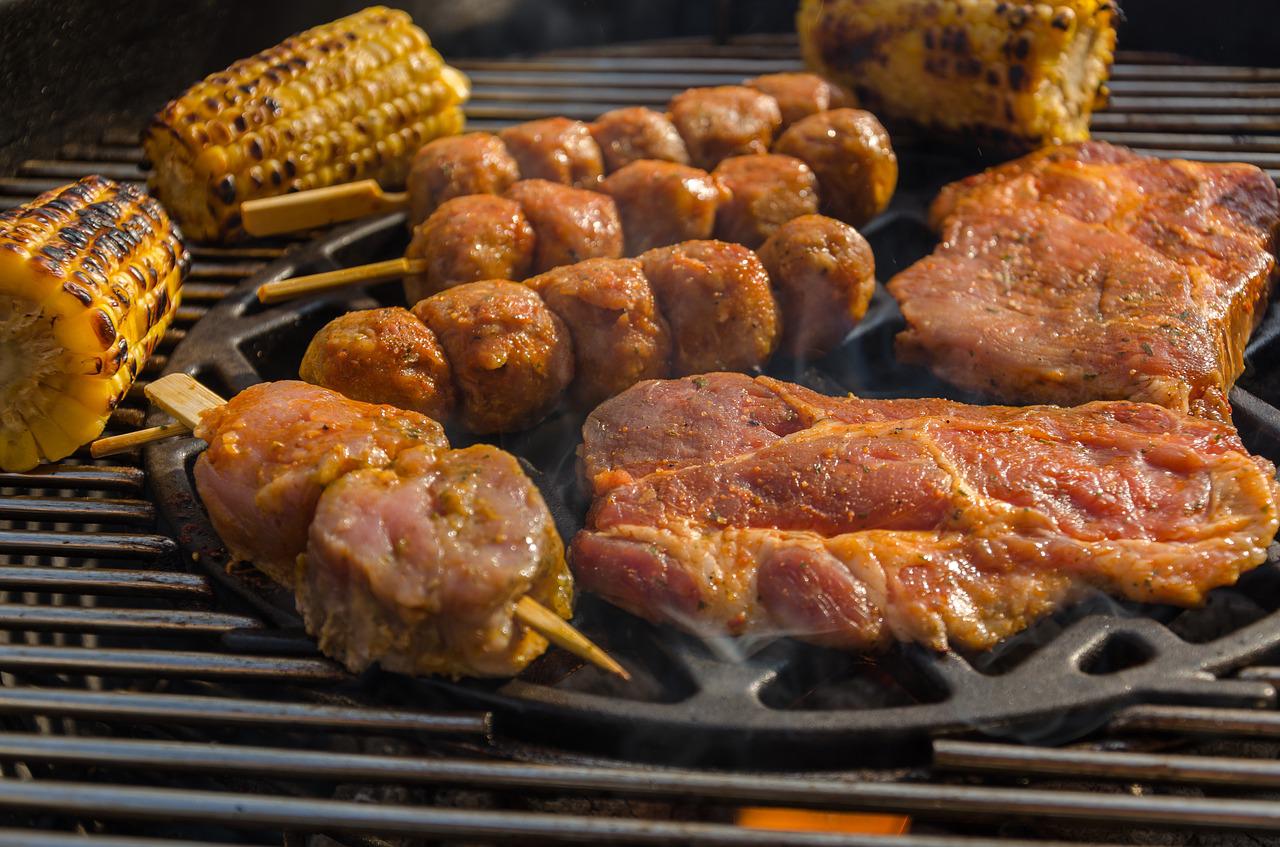
1. Grill Type:
The first decision you'll need to make is what type of grill to use. There are several options available including charcoal grills, gas grills, and electric grills. Charcoal grills provide that unmistakable smoky flavor but require more effort to light and maintain. Gas grills offer convenience and precise temperature control. Electric grills are easy to use and suitable for indoor cooking. Consider your preferences, cooking style, and convenience when choosing the right grill type.
2. Grill Size:
The size of the grill is another important factor to consider. If you often cook for large groups or host BBQ parties, a larger grill with more cooking surface area will be necessary. However, if you primarily cook for a small family, a smaller grill will suffice. Keep in mind that larger grills may require more space and storage.
3. Additional Features:
Different BBQ equipment comes with various features that can enhance your cooking experience. For example, some grills have adjustable racks, temperature gauges, and side burners for added versatility. Others may have built-in smokers or rotisserie attachments. Consider which features are important to you and compare different models to find the perfect fit.
Remember, investing in good quality BBQ equipment is a smart decision that will help you achieve delicious and consistent results. Take your time to research and select the right grill type, size, and additional features that align with your needs and preferences. With the right BBQ equipment at your disposal, you'll be well on your way to mastering the art of BBQ cooking.
Mastering the Basics: Techniques for Grilling Perfection
Grilling is an art that requires patience, skill, and a good understanding of techniques. Whether you are a beginner or an experienced griller, it’s important to master the basics to achieve BBQ perfection. In this section, we will explore some essential techniques that will take your grilling game to the next level.
1. Preparing the grill: Before you start grilling, make sure your grill is clean and properly preheated. Clean the grates thoroughly to remove any debris from previous cookouts. Preheat the grill for about 15-20 minutes, ensuring it reaches the desired temperature. This step will help prevent sticking and ensure even cooking of your food.
2. Direct vs. indirect grilling: Understanding the difference between direct and indirect grilling is key to mastering your BBQ. Direct grilling involves placing the food directly over the heat source, creating a seared and charred exterior. Indirect grilling, on the other hand, involves cooking the food away from the heat source, using the grill like an oven. This method is perfect for larger cuts of meat or delicate items that require slow cooking.
3. Temperature control: Maintaining the right temperature throughout the grilling process is crucial. Invest in a good quality meat thermometer to ensure your food is cooked to perfection. Medium heat (around 350-450°F) is ideal for most grilling needs. Learn to adjust the heat by adjusting the burners or moving the food to different areas of the grill to avoid burning or undercooking.
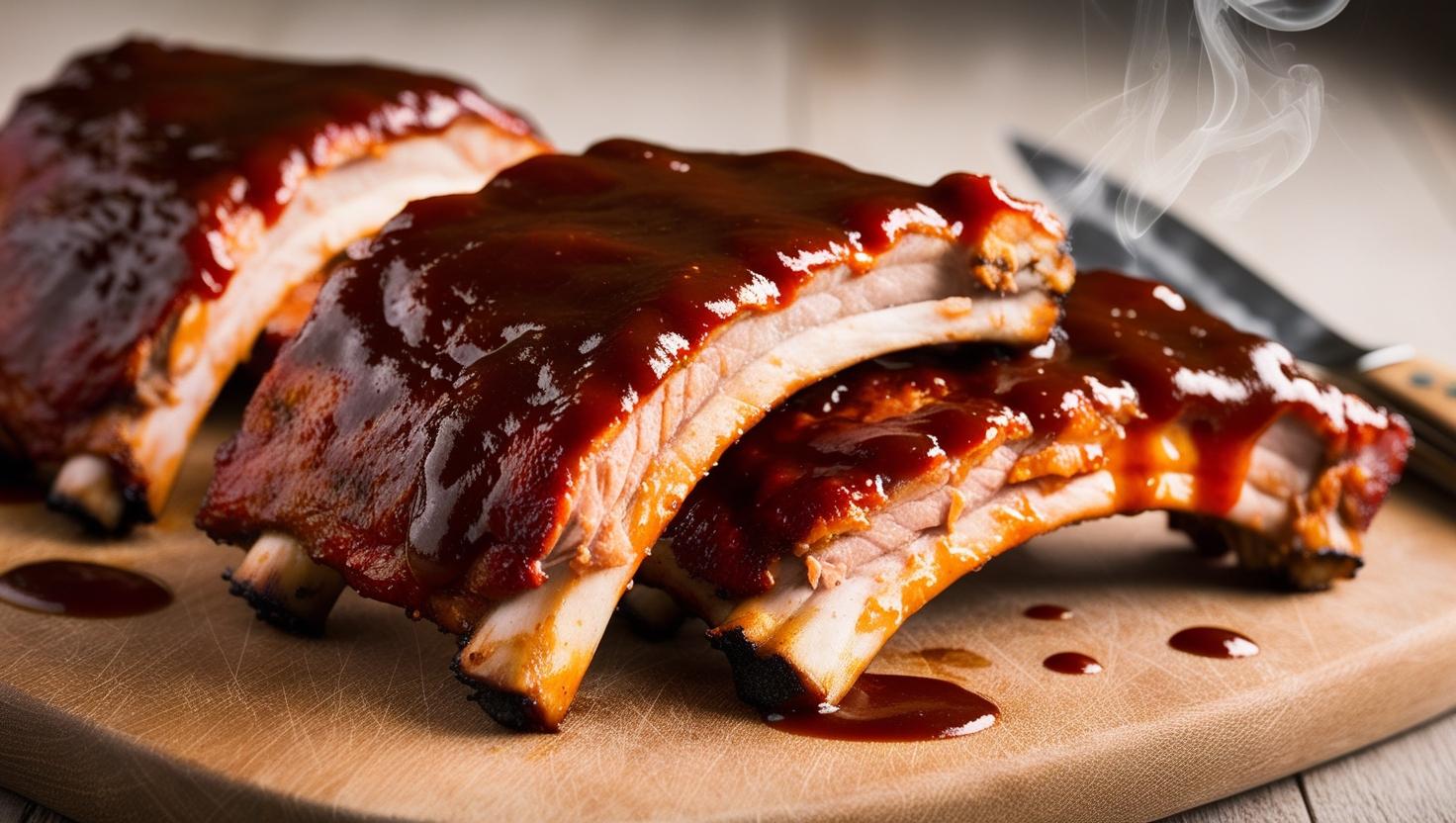
Elevating Your Flavor Game: BBQ Marinades and Rubs
When it comes to mastering the art of BBQ, one key factor that can elevate your dishes from ordinary to extraordinary is the use of flavorful marinades and rubs. These magical concoctions infuse your meats with a burst of flavors, tenderize them, and create a mouth-watering crust that seals in the juiciness. Whether you're grilling chicken, beef, pork, or even vegetables, here's a step-by-step guide to creating and utilizing the perfect BBQ marinades and rubs.
Step 1: Choosing the Right Marinade
The foundation of a great marinade lies in selecting the right ingredients. Opt for a balance of acid, oil, and flavorings. Acids like citrus juices, vinegar, or even yogurt help break down the proteins, making the meat tender. Oils like olive oil, sesame oil, or melted butter are used to carry and adhere the flavors. Flavorings may include herbs, spices, garlic, soy sauce, Worcestershire sauce, or even your favorite hot sauce. Experiment with different combinations to find your signature marinade.
Step 2: Marinating Your Meats
Once your marinade is ready, it's time to impart the flavor into your meats. Place your chosen meat in a ziplock bag, pour the marinade over it, and massage it gently to ensure even coverage. Seal the bag and refrigerate for at least 30 minutes, but overnight is even better for a more intense flavor. Remember to marinate in the refrigerator to ensure food safety.
Step 3: Creating the Perfect Rub
If you prefer the simplicity of a rub over a marinade, it's all about achieving the right balance of flavors. Start with a base of salt and pepper, then add in a variety of spices, herbs, sugars, and even coffee grounds for an extra depth of flavor. Apply the dry rub generously to all sides of your meat, gently patting it to help it adhere. Let the flavors meld together by allowing the rubbed meat to sit for at least 30 minutes before grilling.
From Sides to Desserts: Creating a Complete BBQ Feast
BBQ feasts are all about bringing people together for a memorable gathering, and one of the secrets to a successful BBQ event lies in crafting a complete and well-rounded menu. From hearty sides to delectable desserts, all the elements need to come together harmoniously. So, let's dive into the art of creating a BBQ feast step-by-step, ensuring a remarkable culinary experience for everyone involved.
First and foremost, it's important to start with the star of the show – the main protein. Whether it's tender smoked brisket, succulent ribs, or juicy grilled chicken, choose your focal point carefully. Consider marinating or seasoning the meat prior to cooking to infuse it with sensational flavors. Slow cooking or grilling the meat to perfection will require patience and practice, but the mouthwatering results will be well worth the effort. Remember to let the meat rest before serving to preserve its juicy tenderness.
Next, it's time to complement your main dish with a variety of delectable sides. Classic options like potato salad, coleslaw, and macaroni and cheese are always crowd-pleasers. Alternatively, you can bring a fresh twist to the table with grilled vegetables, cornbread, or even barbecue baked beans. Don't forget to balance the flavors and textures to achieve the perfect accompaniment to your main course. Experiment with different seasonings, herbs, and spices to personalize your sides and make your BBQ feast truly remarkable.
Of course, no feast is complete without a sweet ending. Desserts can add the perfect finishing touch to your BBQ spread. Traditional favorites like fruit pies, cobblers, or banana pudding are always a hit. Alternatively, you can get creative with grilled peaches topped with ice cream, s'mores, or even bourbon-infused chocolate cake. The key is to have a variety of options, catering to different preferences and dietary restrictions, ensuring everyone can indulge in a delightful treat.
